
While it has a comparatively minuscule population base to draw from and is located in the deep south of New Zealand, Dunedin’s Flying Nun record label produced a string of critically acclaimed and influential guitar bands throughout the 1980s including The Chills, The Clean, The Bats, and The Gordons. Straitjacket Fits turned up a little later than most of The Flying Nun mainstays, but their soaring guitar rock anthems were perhaps most likely to break through to a mass audience.
Guitarist and vocalist Shayne Carter played in The Doublehappys, formed with Wayne Elsey and a notoriously unreliable drum machine nicknamed Herbie Fuckface. Herbie was replaced with John Collie, but the group fizzled out after Elsey died in a train accident. Carter and Collie recruited bassist David Wood and guitarist/vocalist Andrew Brough to form Straitjacket Fits.
While Carter and Brough were both talented musicians in their own right, it was the unlikely synergy between them that made the group special; the bookish-looking Brough supplied chiming Byrds-like guitar and lush harmonies, while Carter played the pouting, aggressive rock star. They were unlikely bandmates, but the tension between their approaches resulted in some great music.
Unfortunately, the band never fulfilled their potential – their 1987 debut EP Life In One Chord is their best work, and Brough left the band after the 1990 sophomore album Melt. Carter carried on with newly recruited guitarist Mark Peterson, but 1993’s Blow lacked the counterpoint of Brough, and Carter broke the band up in 1994. They reunited without Brough in 2005 for live shows, but Carter has barely played as Straitjacket Fits since David Wood’s passing in 2010.
Brough released one album of guitar pop as Bike in the late 1990s before retiring from music. Carter resurfaced in 2001 as the electronic Dimmer with the critically acclaimed I Believe You Are A Star and has furthered his reputation with a series of strong albums. The group left a handful of beloved songs. Carter’s ‘She Speeds’ was voted the 9th best New Zealand song of the 20th century, while Brough’s ‘Down In Splendour’ was 32nd.
Straitjacket Fits Album Reviews
Life In One Chord (EP)
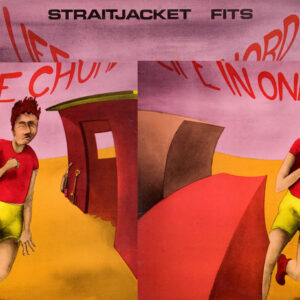
1987, 9.5/10
Straitjacket Fits emerged fully formed on their four-song debut EP with wonderful songwriting. If nothing else, Life In One Chord is ahead of the curve for 1987; it’s more mainstream sounding than most of their Flying Nun contemporaries, and the quiet/loud dynamics of ‘Dialling A Prayer’ and ‘She Speeds’ aren’t unlike the Pixies, who also released their debut EP in 1987.
Brough’s lovely ‘Sparkle That Shines’ recalls the jangle of The Smiths. Carter’s ‘She Speeds’ and ‘Dialling a Prayer’ bring a vicious edge, his driving rock backed with Brough’s beautiful harmonies. ‘She Speeds’ is a cathartic breakup song with erupting harmonies, and was voted New Zealand’s ninth best song of the 20th century.
‘Dialling a Prayer’ is laden with irony. “I’m your teddy bear/I’m your living doll/I’m your big red flexible rubber ball” declares the acapella verse. At the same time, the soaring chorus deflates the hopefulness of “It feels like I’m dialling a prayer” with the empty conclusion that no one’s there.
Carter’s jangly ‘All That That Brings’ is the least distinguished song, but it’s hardly a weak point, and Life In One Chord should rate among the all-time great EPs.
Hail
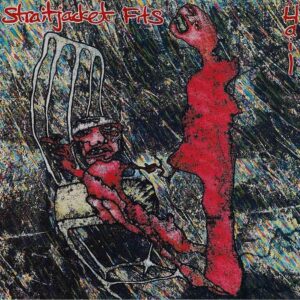
1988, 7/10
Straitjacket Fits returned to the same studio and producer where they recorded Life In One Chord to for their first full-length. Hail continues the sound of the debut EP, but it feels like the band used their four best songs already. The album is competent but doesn’t have the attention-grabbing songs that Life In One Chord enjoyed.
There are three different versions of Hail – the original New Zealand release had ten tracks, the international release also had ten tracks, but substituted four of the weaker tracks for the four songs from Life In One Chord, while a 1989 release included all fourteen tracks from both releases. My rating is based on the original New Zealand release since I’ve already covered Life In One Chord separately.
The overall effect is more subdued than Life In One Chord; they don’t have the rock anthems like ‘Dialling A Prayer’ and ‘She Speeds’. The most notable songs that weren’t on the earlier EP are a cover of Leonard Cohen’s ‘So Long Marianne’, and the intense thrash of Carter’s ‘Life In One Chord’. Brough’s two songs are forgettable, but there are strong overlooked Carter songs like ‘This Taste Delight’ and ‘Dead Heat’.
Hail is an album of minor pleasures after the group’s epic debut EP, but it’s pleasant and boasts some nice overlooked tracks.
Melt
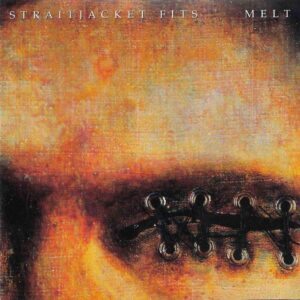
1990, 8.5/10
Straitjacket Fits switched to a more textural approach for their sophomore effort. Signed to a major label, Arista, much of Melt is filled with reverb. It’s edging towards shoe-gaze, especially on Brough’s dreamier material, although Shayne Carter’s songs are generally rawer and more rock-oriented. The record’s most notable song is Brough’s ‘Down In Splendour’, a dreamy song given impetus by Carter’s stinging guitar solo.
Of Brough’s other songs, ‘Hand On Mine’ seems uncannily close to The Smashing Pumpkins ‘Disarm’, although the Pumpkins add a sense of pompous melodrama that’s thankfully absent here. Carter’s songs are mostly winners, with the shimmering textures of ‘A.P.S.’, while ‘Missing Presumed Drowned’ balances textural work with an ominous rush. The overlooked ‘Quiet Come’ is perhaps the messiest and most ambitious song here, but it’s truly memorable with its driving bassline and soothing acoustic guitar, while riff rockers like ‘Bad Note For A Heart’ and ‘Roller Ride’ are also strong. My favourite Carter song here is the closing ‘Cast Stone’, an anthemic closer that ends with a prolonged feedback exploration.
The gauzy production works well for the songs, and Melt is generally considered to be the strongest of the band’s three full albums; it has the most input from Brough and the strongest set of songs.
Blow
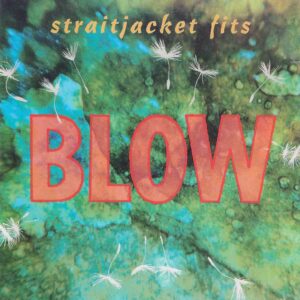
1993, 6.5/10
Andrew Brough left Straitjacket Fits after touring Melt – factors included a dislike of life on the road, and pressure from the record label to contribute more material after the success of ‘Down In Splendour’. The band recruited a new guitarist and proceeded in a heavier direction, in line with the grunge that was predominant in 1993. But without Brough’s harmonies and pop sense, the band were missing their x-factor and are much more generic than before.
It’s less diverse and less satisfying as an album, but Carter’s still a good songwriter. He singles out ‘Way’ as a favourite from the album, and it certainly does indicate the direction his work with Dimmer would take, with its spacer feel and rhythmic pulse. My favourite is ‘Burn It Up’, with its insistent guitar riff. But ‘If I Were You’ feels like a song that would have been better with Brough’s input, while the feline effects on first single ‘Cat Inna Can’ are a career low point.
It’s worthwhile enough, but Blow showcases a band missing a key cog, and it wasn’t surprising in hindsight that this was their last album.
Straitjacket Fits
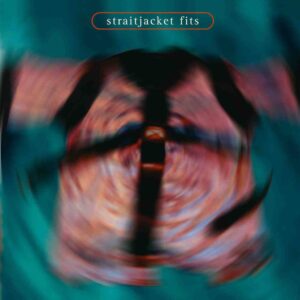
1998, 8.5/10
This misleadingly titled compilation is the only Straitjackets Fits’ release that’s readily available on CD. It collects material from their 1987-1993 tenure and generally does a good job of doing so, and it’s quite possibly all the Straitjacket Fits you’ll all ever need. Only two Brough songs seems a little light, and I’d ditch ‘Cat Inna Can’ for ‘Hand In Mine’ from Melt. But overall Straitjacket Fits is a great career overview for a band that threatened to make it big but are now half-forgotten.
Bike
Take In The Sun
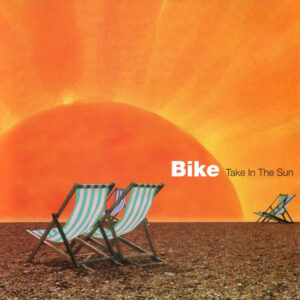
1997, 7.5/10
After leaving Straitjacket Fits in 1992, Andrew Brough re-emerged in the mid-1990s fronting Bike, a trio also featuring bassist Tristan Mason and drummer Karl Buckley. But the rhythm section is largely anonymous; after playing second banana to Carter in Straitjacket Fits, Bike is a vehicle for Brough, featuring his gentle voice and pretty tunes backed with roaring guitars. Take In The Sun has a similar shoegaze sound to Melt, but the late 1990s production is crunchier and more satisfying. Take In The Sun is a very good record, but after hearing Brough in Straitjacket Fits with Carter as a foil, it does sound homogeneous.
But despite the uniform sound, there are some great songs tucked away on Take In The Sun. ‘Inside’ is pretty, with the slower tempo emphasising Brough’s pretty voice. The single ‘Circus Kids’ got plenty of airplay in New Zealand, with its soaring chorus. There are lots of memorable pop hooks, but the album would have been stronger with a more varied approach – as Straitjacket Fits showed, juxtaposing walls of guitars with Brough’s choir boy voice is a good formula, but it wears thin over an entire album.
Brough’s never made another album so Take In The Sun was his last release., He also pulled out at the last minute from the 2005 Straitjacket Fits reunion.
10 Best Straitjacket Fits Songs
Back to New Zealand album reviews…
2 Comments
Leave a Reply
Related Pages
About
Aphoristic Album Reviews is almost entirely written by one person. It features album reviews and blog posts across a growing spectrum of popular music.
Review Pages
Read about the discographies of musical acts from the 1960s to the present day. Browse this site's review archives or enjoy these random selections:
Blog Posts
I add new blog posts to this website every week. Browse the archives or enjoy these random selections:
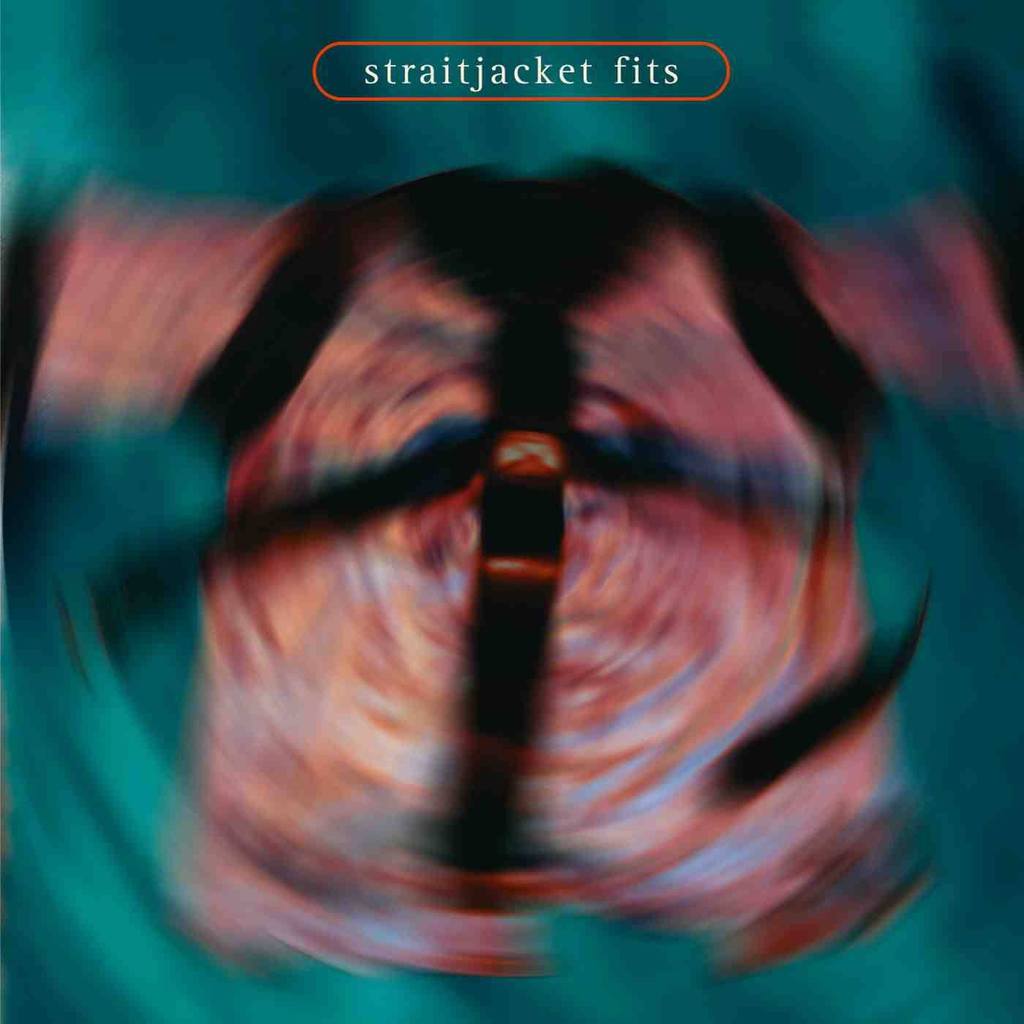
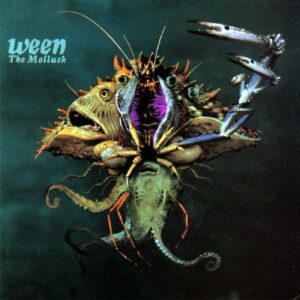
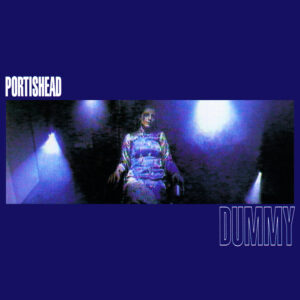
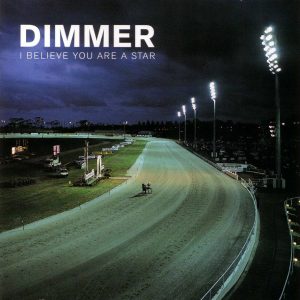
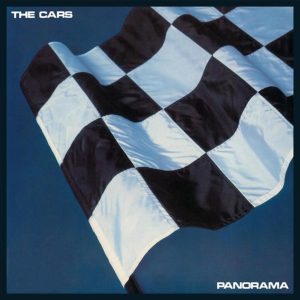

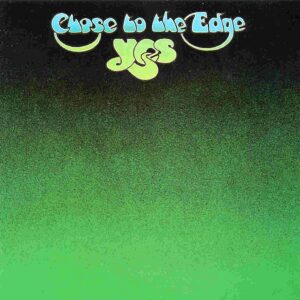
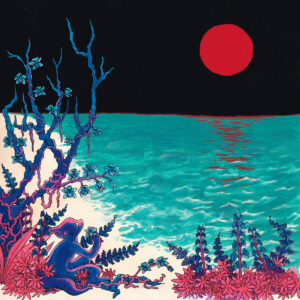
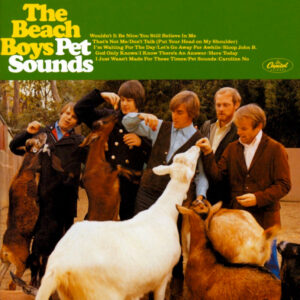

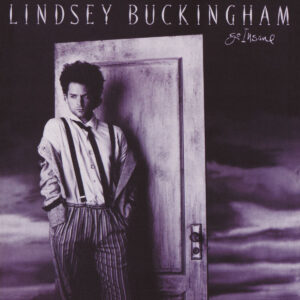
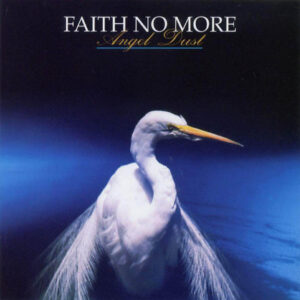

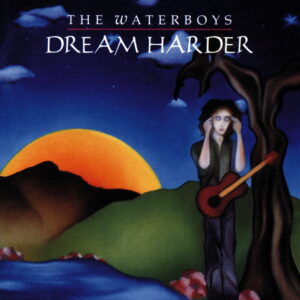
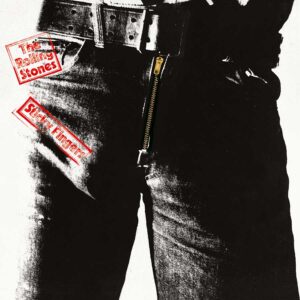

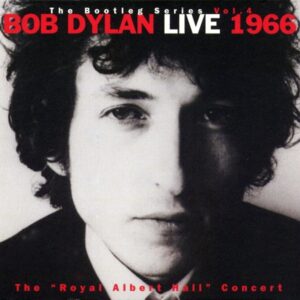
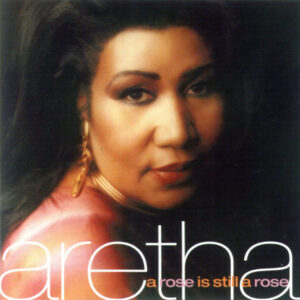
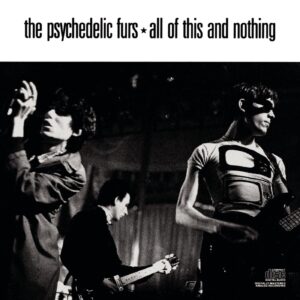
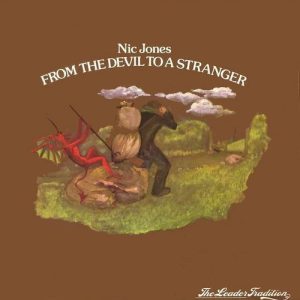

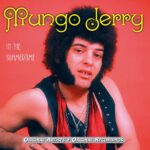

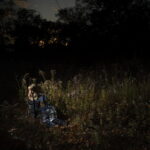
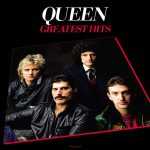
Wow! Thanks for bringing this N.Z. band to my attention. Will plan to check them out.
I like their songs better than their albums if that makes sense. Lots of good songs, didn’t make great albums.